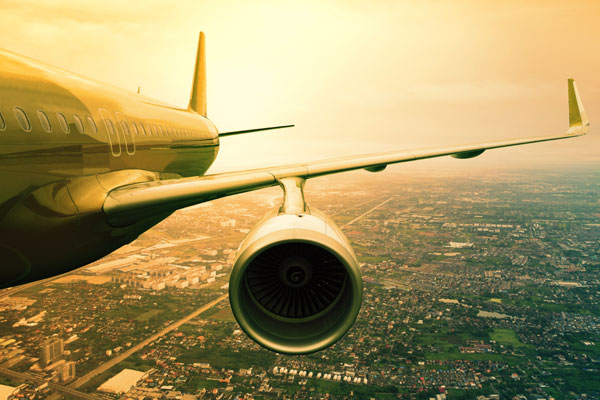
Global aviation profit levels to drop 17pc in 2017 - report
DUBAI, January 19, 2017
The outlook for the global aviation industry looks gloomy as a sustained stronger US dollar and low oil prices make travel for overseas customers more expensive, tightening market conditions.
According to a recent report released by rating agency Moody’s, rated airlines will see a sharp drop in operating profit of around 11 per cent in 2017 and around 12 per cent in 2018, from a projected 1.2 per cent decline in 2016.
Iata projects the global airline industry’s operating profit to decline 17 per cent in 2017 to $48.5 billion, assuming an average Brent price of $55 per barrel, which compares to an average of about $44 per barrel in 2016.
US airline operating profits are on track to decline by about 20 per cent over the next 12 to 18 months due to a combination of modestly higher fuel costs, higher labor costs under new union contracts at American Airlines Group, Delta Air Lines, Southwest Airlines and United Continental and limited pricing power absent sustained increases in the cost of fuel.
Non-US carriers face greater constraints on their ability to improve profitability because they operate in even more competitive markets than their US peers, due to either the growth of low-cost carriers (Asia and Europe) or because air travel is in the growth stage of the industry life-cycle (Asia, Latin America, Middle East and Africa), where carriers are executing market share strategies.
At the same time, growth in aggregatecapacity will outstrip growth in aggregate demand by about half a percentage point. Capacity growth across geographic regions will vary, with the US growing in the low single digits, Europe in the mid-single digits, and, according to IATA, developing markets
like Asia and the Middle East growing about 7.5 per cent and 10.0 per cent, respectively.
Capacity growth is being spurred by the still relatively low cost of fuel, availability of older aircraft coming off leases, growth of lowcost carriers and deliveries of new aircraft that need to be placed in service (primarily in developing markets), the report said.
Passenger demand will continue to grow, supported by modest, but steady, global economic growth and growth of air travel in the developing world, where disposable incomes are rising and air transportation regulations have loosened. The report forecasts aggregate growth in revenue passenger kilometers to decline from an estimated 5.9 per cent in 2016 to about 4.6 to 5.4 per cent in 2017.
The Middle East and Asia-Pacific will continue to lead among all regions, with RPK growth of 9 per cent and 7 per cent, respectively. However, these rates represent declines of 1.8 and 1.9 percentage points in their respective growth rates.
Africa and North America will also see percentage point declines in RPK growth of 1.3 points and 0.7 points, to 4.5 per cent and 2.5 per cent, respectively. Latin America and Europe will buck the trend, seeing increases in RPK growth of 0.5 and 0.2 percentage points, to 4 per cent each.
The news of tighter profits and higher capacity comes at a time when Gulf carriers are facing a challenging environment. Abu Dhabi’s Etihad Airways was rumoured to be in talks with Germany’s Lufthansa for a possible merger, but the newspaper reports were denied by a source in a Reuters report.
At the same time, Emirates Airline revealed this month it is opening up its lounges at its Dubai hub to lower-tier frequent flyer members in what is the latest move by the world's largest long-haul airline to look for new ways to boost revenues. It comes after the international airline reported a 75 per cent drop in half-year profit in November. - TradeArbaia News Service







